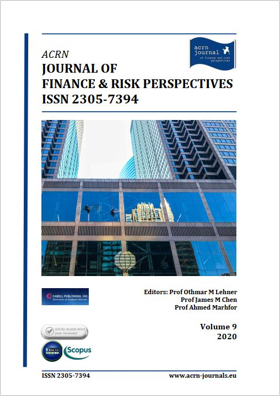
Valery V. Shemetov
Abstract
An extension of Merton’s (1974) model (EMM) taking account of the firm’s payments and generating a new statistical distribution for the firm value is suggested. In an open log-value space, this distribution evolves from the initially normal to negatively skewed one. When payments are zero or proportional to the firm value, EMM turns into the Geometric Brownian model (GBM). We show that Modigliani-Miller Propositions (MMPs) and the no-arbitraging principle (NAP) result from the use of GBM with no payments. For a firm with payments, MMPs hold for short times and are false for time intervals exceeding a year. In contradiction with MMPs, the asset structure affects the firm value at the perfect market, and at the market with taxes, debt decreases the firm value even when there are no bankruptcy costs. NAP always holds for the entire market for short time deals. For long-term investments, the firm’s mean year returns decline in time intervals whose length depends on the firm’s initial conditions and its business environment. In these conditions, NAP does not hold for the whole market, but it temporarily holds for individual stocks as far as the mean year returns of the firms issuing them remain constant and fails when the mean year returns begin to decline.
Keywords: Credit risk, Structural models, No-arbitrage pricing principle, Modigliani-Miller proposition
Back to Volume 9